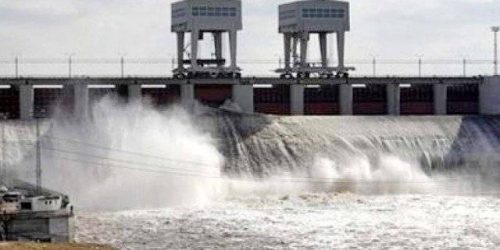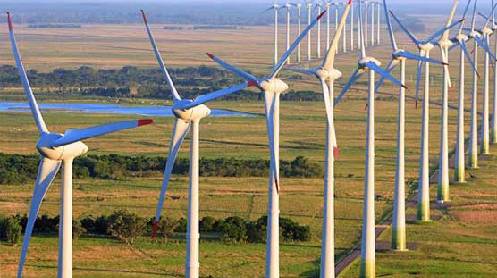ISLAMABAD: The government appears to be highly concerned about the runaway circular debt that amounts to a staggering Rs2.3 trillion but habitual defaulters have caused no less damage to the power sector as they owe over Rs2 trillion.
These defaulters have widespread influence and are still receiving electricity from power distribution companies (DISCOs), though they have not paid bills since long.
The government has only been able to reduce electricity supplies to such customers so that DISCOs could somewhat curtail their losses.
In addition, independent power producers (IPPs) are receiving billions of rupees in capacity payments while the government is shielded from political backlash through an increase in consumer bills.
According to the Power Division, the consumers will be paying Rs1.3 trillion to the IPPs that will not operate during the current financial year.
The entire power sector is plagued by mismanagement, electricity theft, bad governance and artificial control of the government. DISCOs have not been allowed to perform on commercial lines.
All such trouble stems from the appointment of chief executive officers (CEOs) of DISCOs and their boards on political grounds.
In recent months, electricity consumers have received inflated bills, at a time when they are reeling from exorbitant prices of essential commodities.
Rather than addressing consumer complaints about excessively high bills where they are paying more than 50% in taxes, the government has directed DISCOs to go after the people involved in electricity theft.
Adding to consumer woes, the officials of DISCOs, instead of targeting electricity thieves, have started harassing the consumers who are regularly paying their bills.
The National Electric Power Regulatory Authority (Nepra) has received several complaints where DISCOs allegedly manipulated tariff slabs and intentionally put consumers in higher slabs to collect more through electricity bills.
However, all heads of DISCOs defended that action before Nepra and were hesitant to take action against the meter readers manipulating readings in an attempt to put consumers in higher tariff slabs.
Now, the consumers are set to face another increase of Rs1.8 per unit in electricity prices on account of fuel charges adjustment for the month of August 2023.
During the month, though concerns grew over the skyrocketing electricity bills, Pakistan experienced a remarkable 17.8% year-on-year decrease in the cost of power generation, highlighting a significant shift in the country’s energy landscape.
The decrease in production cost, averaging Rs8.27 per kilowatt-hour (kWh), compared favourably to the previous year’s average of Rs10.06/kWh, reported brokerage house Arif Habib Limited (AHL) on Wednesday.
The substantial decline in power generation cost can be attributed to various factors – chief among them is the reduction in costs associated with coal, furnace oil and re-gasified liquefied natural gas (RLNG)-based power generation.
Additionally, a noteworthy surge in renewable energy played a pivotal role in offsetting these costs. Specifically, wind, solar, hydropower and nuclear energy generation saw a year-on-year increase of 106%, 14%, 12% and 9%, respectively.
In August 2023, Pakistan’s total power generation reached 15,959 gigawatt-hours – GWh (21,451 MW), signifying a substantial increase of 13.6% compared to the same period of the previous year when it stood at 14,053 GWh (18,888 MW).
The rise in power generation was primarily driven by hydroelectric power, which touched an all-time high of 6,006 GWh, reflecting a 12% year-on-year increase.
Other electricity generation sources also contributed to the year-on-year increase. RLNG-based electricity registered an impressive growth of 56.1% while coal and nuclear energy rose 9% and 8.9%, respectively.
Wind power recorded a substantial 106% year-on-year growth, generating 805 GWh in August 2023.
On a month-on-month basis, power generation in August improved by 7.5% compared to the preceding month, when total production stood at 14,839 GWh.
In the two-month period spanning July and August, power generation increased by 9.2% year-on-year, reaching 30,799 GWh (20,698 MW), in contrast to 28,203 GWh (18,954 MW) during the same period of the previous year.
Hydroelectric power emerged as the leading source, constituting 37.6% of the overall generation mix. It was followed by RLNG, which accounted for 17.2% of total power generation while coal contributed 14.8%.
Among renewable sources, nuclear energy accounted for 12.8% of the energy mix whereas wind, solar and bagasse had shares of 5%, 0.5% and 0.2% in power generation.





